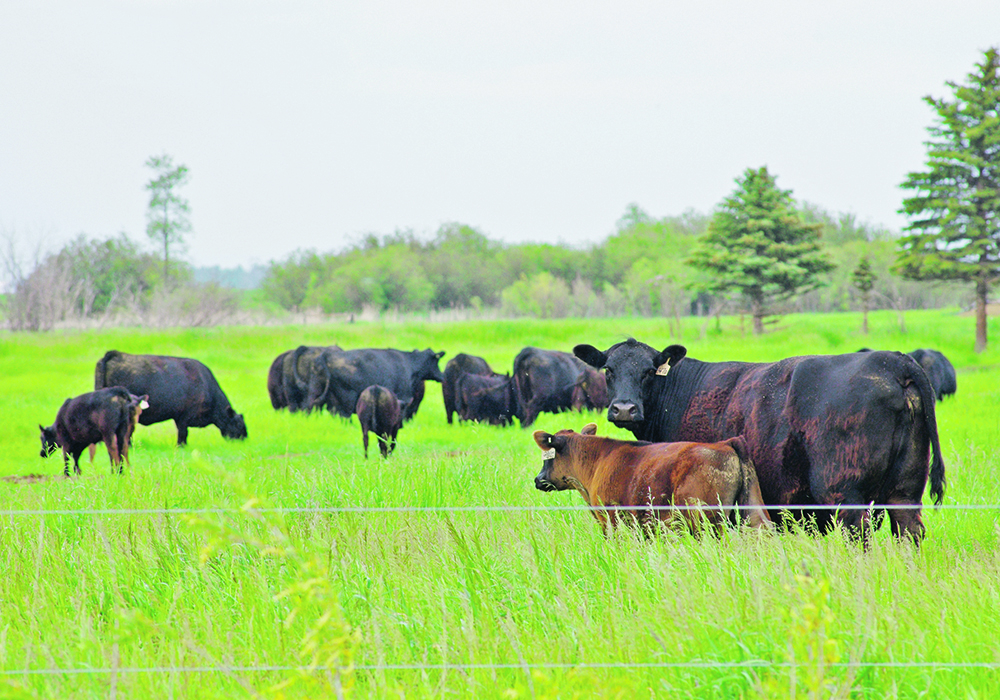Glacier FarmMedia – Last month’s funding for the Canadian Angus Association and Holstein Canada may allow the two associations to improve data that goes into genetic evaluations and expand into carcass quality and traits that can limit the environmental impact of beef production.
Numerous projects will be funded by $1.6 million from the federal government.
Collecting data on beef seedstock operations is a challenge, says Myles Immerkar, chief executive officer of the Angus association. Farms are getting larger, and with more cattle on pasture, taking the time to measure and gather data from those animals is a more difficult task.
Read Also

Canadian Food Inspection Agency slammed for handling of bovine tuberculosis case
The federal government leans heavily on producers to “take one for the team” and risk their livelihoods without any reassurance of support.
Some don’t have the basics, such as scales, or scales in the right place, he says.
Testing technologies, including artificial intelligence, camera and computer vision systems, can help to less expensively gather data from cattle production systems.
The Holstein Canada partnership is expected to help the Angus association better understand traits like methane emissions and health. Holstein breeders have worked for years to develop genetic indices around animal health and reproduction, and also have access to an index that relates to methane production.
“We’re starting to explore new traits, environmental traits that have profitability impact on our members, and those are hard to collect for our members,” says Immerkar.
The Angus association has also collected data that can benefit Holstein Canada, he added.
The dairy and beef sectors have become closer as greater numbers of dairy cows are bred to beef bulls and dairy farmers breed their top cows with sexed semen.
Nothing in the project targets beef on dairy growth, Immerkar says, but the fact that many dairy-beef calves are raised in confinement can mean easier data collection compared to beef calves on pastures.
The Angus association knows half the traits and information on one side of a beef-dairy crossbred and Holstein Canada understands the other half.
“So there’s certainly an opportunity for us to learn from each other with animals that are crossbred. We’re definitely looking at beef and dairy cattle and evaluating them, but for our own individual purposes.”
















